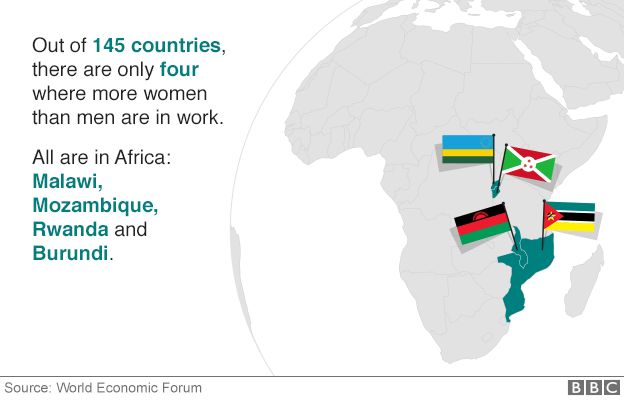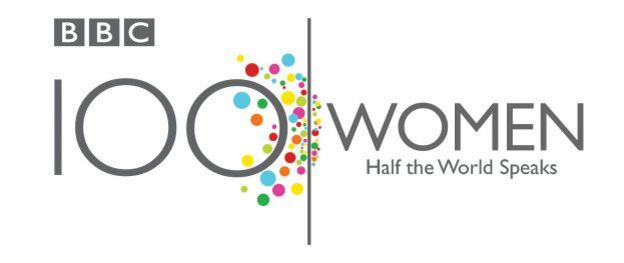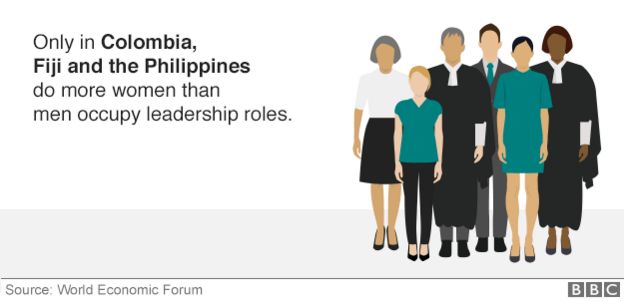- 19 November 2015
- Europe
-
(유럽) 양성간 임금격차 근접하는데 118년 소요된다국제문제/유럽 2015. 11. 21. 01:03
출처: http://www.bbc.com/news/world-europe-34842471
Gender pay gap 'may take 118 years to close' - World Economic Forum
 Reuters
ReutersThe World Economic Forum believes it will take another 118 years - or until 2133 - until the global pay gap between men and women is finally closed.
Women are only now earning the amount that men did in 2006, data from theWEF's Global Gender Gap report says.
It says progress on closing the gap has stalled in recent years at a time when more women are entering the workplace.
In fact, nearly a quarter of a billion more women are in the global workforce today than a decade ago.
In several countries, more women are now going to university than men but - crucially - this is not necessarily translating into more women occupying skilled roles or leadership positions.
The WEF report looks at whether men and women have the same rights and opportunities in each country in four areas: health, education, economic participation and political empowerment.


How equal are you? Click through to find out how your country ranks for gender equality
Top 10 countries Bottom 10 countries 1 Iceland Yemen 2 Norway Pakistan 3 Finland Syria 4 Sweden Chad 5 Ireland Iran 6 Rwanda Jordan 7 Philippines Morocco 8 Switzerland Lebanon 9 Slovenia Mali 10 New Zealand Egypt 
Nordic countries are still doing the most to close the gender gap overall, just as they were 10 years ago. They may not have achieved total equality, but Iceland (1), Norway (2), Finland (3) and Sweden (4) occupy the top four rankings out of 145 countries.
"They have the best policies in the world for families," says the report's lead author, Saadia Zahidi. "Their childcare systems are the best and they have the best laws on paternity, maternity and family leave."
Not far behind, though, is Rwanda (6) which sits above the US and the UK in the index. Its high score is down to the number of female politicians active in the country.



After the genocide there, a special effort was made to bring more women into politics. Now 64% of its parliamentarians are female. The country also has more women in its labour force than men.
Struggle to the top
Over the last decade one of the most dramatic changes has been in education. In fact, the report shows that a reverse gender gap is emerging in higher education, with more women in university than men in 98 countries.


This year's season features two weeks of inspirational stories about the BBC's 100 Women in 2015 and others who are defying stereotypes around the world.
Like us on Facebook and follow us on using the hashtag #100Women.

Ms Zahidi says there are six times more women in university than men in Qatar, which has seen a strong push towards women's education in recent decades. In Barbados and Jamaica, two-and-a-half times more women are enrolled at university than men, she adds.
And as more women go to university, families want to see a financial return on that education. Sixty-eight countries in the world now have more women than men in skilled positions, such as doctors, teachers and lawyers.



But despite this, women still do not seem to reach the top positions in business, politics or public service in the same way that men do. The WEF believes only three countries have more women than men in leadership positions: the Philippines, Fiji and Columbia.
There may be some eyebrows raised that Saudi Arabia (134) scores more highly than Jordan or Lebanon. But Ms Zahidi is convinced that change is being made there under the surface.
"It's actually one of the countries that has made the most progress over the last 10 years," she says. "There's a pretty clear strategy in place by the Ministry of Labour to try to get more women into the workplace."
Call for cultural shift
The global picture, though, is not always one of continual progress toward equality. A handful of countries have been moving backwards in the index: Jordan, Mali, Croatia, Slovak Republic and Sri Lanka.
And the authors say they are particularly disappointed that progress on closing the wage gap has been "stalling markedly" in the last few years.
The data suggests women are earning now what men were 10 years ago - a global average of just over £7,300 ($11,000; €10,400) compared with £13,500 ($20,500; €19,200) paid to men.



Ms Zahidi says this may be down to the fact there are much better data. "There's now a much higher awareness of the problem and some corrective measures have been put in place but perhaps they haven't yet paid off," she says.
So where does the fight for gender equality go next?
Ms Zahidi is convinced that attitudes still need to change in the home - not just inside governments or big businesses.
"Unless we start changing the culture around the division of labour at home there's always going to be that extra burden on women," she says. "That means we're not going to be able to maintain those high levels of women joining the workforce all the way through to middle management and senior positions."
'국제문제 > 유럽' 카테고리의 다른 글
(유럽) 왜 그리스 사람들은 조상의 무덤을 파는가? (0) 2015.11.26 (유럽) 터키군 러시아 전투기에 경고한 장면 담긴 비디오 공개 (0) 2015.11.26 [스크랩] 프랑스 공식발표 "6곳 동시테러로 최소 120명 사망·80명 중상" (0) 2015.11.14 (유럽) 파리 콘서트장 테러 (0) 2015.11.14 (유럽/스페인) 카탈로니아: 독립을 원하는 소수 당들 선거에서 승리 (0) 2015.09.28